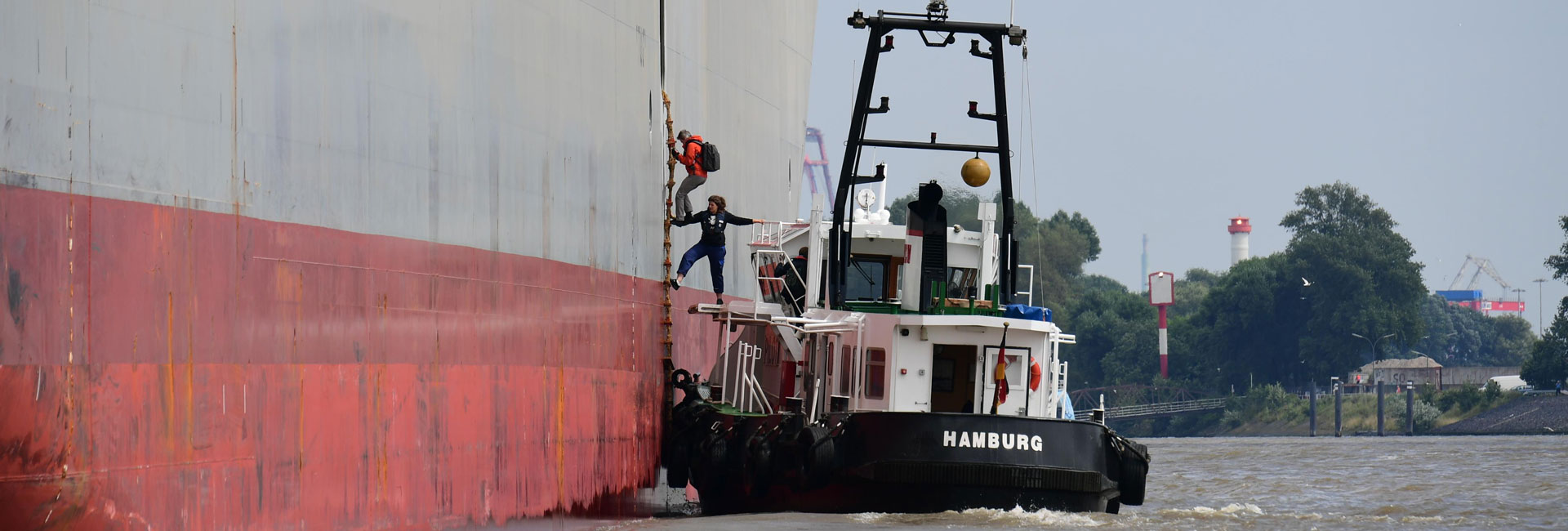Urgently sought: Professional drivers
Anybody looking for a contemporary and responsible job could become a professional bus or truck driver. ...

The route beforehand is frequently overlooked. Yet in Hamburg, that is something special.
Vessels need to cover around 100 kilometres upstream from the Elbe estuary towards Hamburg. Only then do they reach the port and contemplate berthing at one of its terminals. En route, they are joined by Elbe pilots. Current growth in ship size, increase in traffic and handling of vessels in this area represent a real challenge for the pilots who for centuries have accompanied ships along the Elbe.
“We Elbe pilots happily confront this challenge, proud to be able to bring the world’s largest ships from the North Sea to Hamburg,” stresses Ben Lodemann, Sole Elder of the Elbe Pilots Association. Whatever the weather and the time of day, Elbe pilots virtually always go on board ships between Heligoland and Hamburg. They then stand alongside the ship’s captain with their advice, no matter whether the ship is 90 or 400 metres long, the bridge three or 65 metres above water level. This service is no chance achievement, but the result of a long, first-class and focused training for the nautical officers who act as advisers for shipping in the estuary 24/7 and 365 days a year. The pilots have so far managed to draw their successors ‘from among seafaring officers. The nautical officers applying for a pilot’s post have been nautical graduates with four years of experience in a supervisory nautical function on board ship.
This ensures that they possess optimal nautical and navigational expertise of a kind that we here on the Elbe sharpen up as part of the pilots’ association’s own training. After appointment, a further five years as a pilot are required before a colleague can be deployed on board one of the really large vessels. By then, pilots truly know their area backwards.
While working as pilots, they are obliged to spend a specific number of days per year on training, to keep their skills up-to-date and to receive data derived from critical situations. The most recent lessons learned are conveyed, and intensive training provided on new classes of ship.
In the current situation, however, it has emerged that fewer and fewer graduates of nautical high schools are actually completing their courses on board ship. So the four years on board ship can be lacking. The number completing has dropped so dramatically that it is not certain that in future the pilots will be able to draw their successors from the pool of seafaring officers. Other ways need to be found.